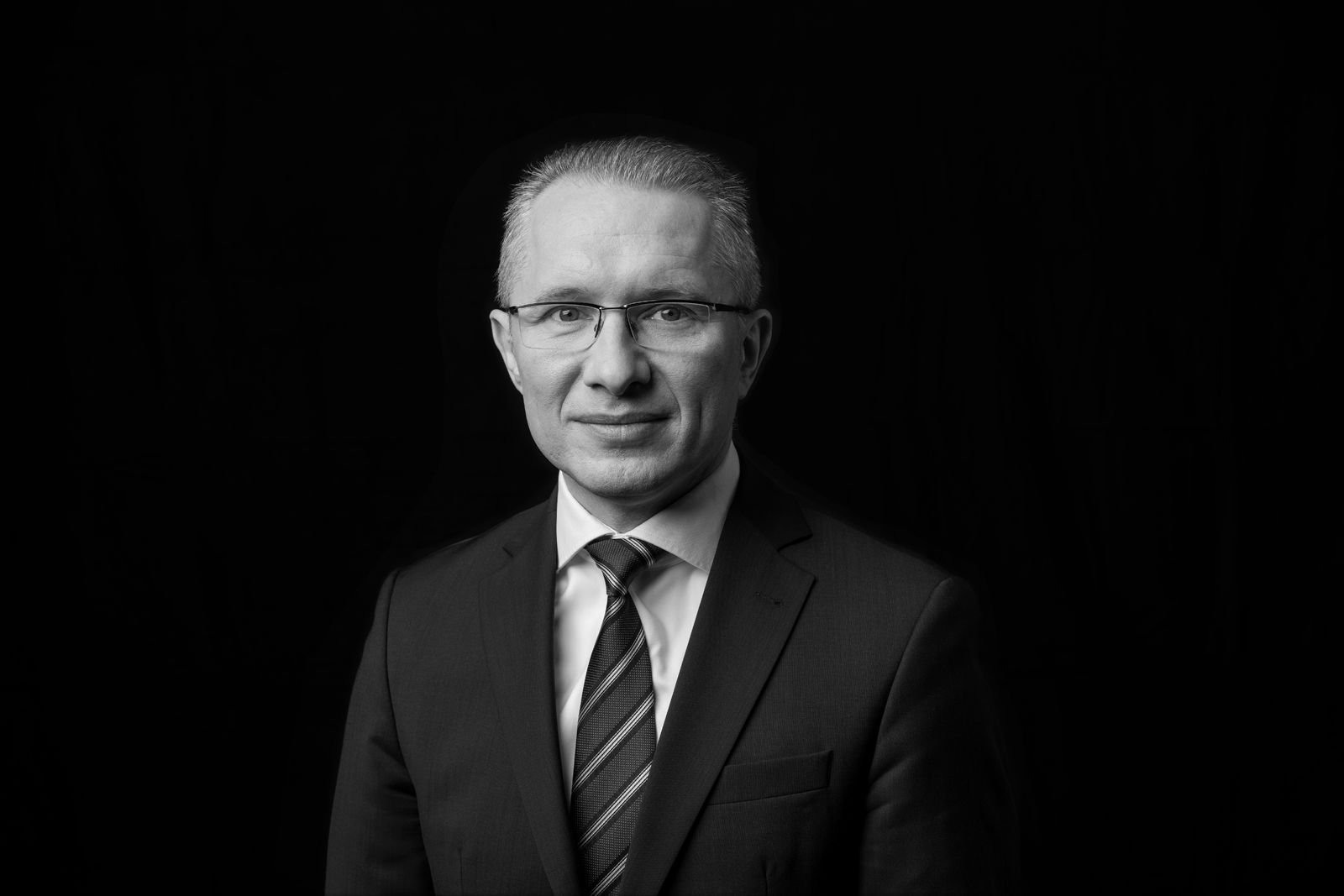Autonomous Driving: Tesla investors eagerly await October 10th Investor Day
By Adrian Daniel, Portfolio Manager in the MainFirst Global Equities/Absolute Return Multi Asset team
Announcements about the further development of self-driving vehicles are circulating around the world. Where do we stand with the so-called robotaxi? Who will win the race? Tesla investors eagerly await its October 10th Investor Day.
While EU politicians worry about the future climate neutrality of locally manufactured cars and impose penalty tariffs on low-cost imported vehicles, more electrified vehicles than gas-powered cars were newly registered in China in August for the first time. Increasing regulation within Europe appears to be acting as a brake on innovation in what was once a flagship industry, although German premium manufacturers in particular are in favor of technological openness. Volkswagen is openly discussing layoffs and plant closures in Germany due to excessively high production costs.
Robotaxis : high investment budgets
In the meantime, Apollo Go is fully transitioning its robotaxi service in Wuhan to 100% driverless operation. As a division of Chinese tech giant Baidu, Apollo Go represents the current leading autonomous mobility service in China. With approximately 900,000 rides in the second quarter, Apollo Go reported a growth of 26%. The removal of the safety operator aligns seamlessly with Apollo Go's growth strategy, which is heavily defined by its competitive pricing. For instance, the sixth generation has enabled a reduction in costs per vehicle by around 60% to approximately €26,000. For an 8-kilometer trip, passengers are charged less than €1.50, which is increasingly concerning competitors such as Didi.
Robotaxi pioneer Waymo is also expanding rapidly. The company now reports over 100,000 paid rides per week. This significant growth is primarily driven by the expansion of Waymo's service from its original base in Phoenix to include San Francisco and Los Angeles. A recent $5 billion investment announced from parent company Alphabet is expected to further fuel this expansion strategy. The current taxi fleet, consisting of converted Jaguar I-Pace vehicles, numbers nearly 700 cars. Although the cost per vehicle is not publicly disclosed, estimates suggest it is around $250,000, which highlights the substantial upfront investments required for a widespread deployment of this service.
Cruise is General Motors' autonomous driving division, facing similar hurdles as Waymo. In the case of Cruise, the cost per vehicle for the Chevrolet Bolt, used as a base for their robotaxis, skyrocketed from an initial base price of under $30,000 to over $150,000 after the rebuilding. Due to significant initial losses, the investment budget was initially cut. Subsequently, Cruise formed partnerships, such as with ride-hailing platform Uber Technologies, to increase fleet utilization.
Tesla : potential breakthrough ?
Tesla investors eagerly awaited August 8, 2024, when the electric vehicle pioneer was due to announce new developments in autonomous driving. However, this event was postponed to October 10th. Tesla is known for setting ambitious timelines for its goals. Therefore, this delay is not surprising and has only increased anticipation.
Unlike its aforementioned competitors in the robotaxi space, Tesla does not rely on pre-mapped driving areas. Instead, it aims to leverage data collected from its extensive fleet of over 6 million vehicles operating worldwide. This approach presents a significantly greater challenge in achieving full self-driving functionality. However, if Tesla can successfully bridge the gap between its current Autopilot Level 2/3 technology and full automation for robotaxis with existing vehicles, it could have a profound impact on the future of transportation.
A potential technological breakthrough could be achieved with Tesla's Autopilot software version 12.5. Previous programming approaches have been largely abandoned in favor of an AI-based decision-making system that leverages data from Tesla's circulating fleet. Early reports on YouTube suggest that the new software aims to enhance the Full Self-Driving experience by making it more human-like. For instance, when encountering a cat ahead, the vehicle may not immediately brake but instead proceed cautiously, anticipating the cat's typical behavior of fleeing upon noticing the vehicle. The AI-powered system enables the vehicle to adjust its driving behavior in real-time based on the animal's reaction, resulting in a smoother journey.
Despite not yet offering a robotaxi service, Tesla's factory-installed hardware and extensive fleet data position it favorably against competitors. The prevalent approach of creating precise artificial maps for autonomous navigation is both costly and challenging to scale. This method also relies heavily on lidar sensors for real-time environment detection. Mobileye, a majority-owned subsidiary of Intel Corp, recently announced the discontinuation of its lidar research and development, suggesting potential difficulties for Waymo and Cruise.
Despite the Investor Day postponement, Tesla has expressed its intention to introduce its autonomous driving service in China and Europe during the first quarter of 2025, subject to regulatory approval. The competition among robotaxi providers is intensifying. As with other shared services, the market leader is expected to capture a substantial portion of the industry's profits. Consequently, companies are striving to rapidly establish their presence in the market.
